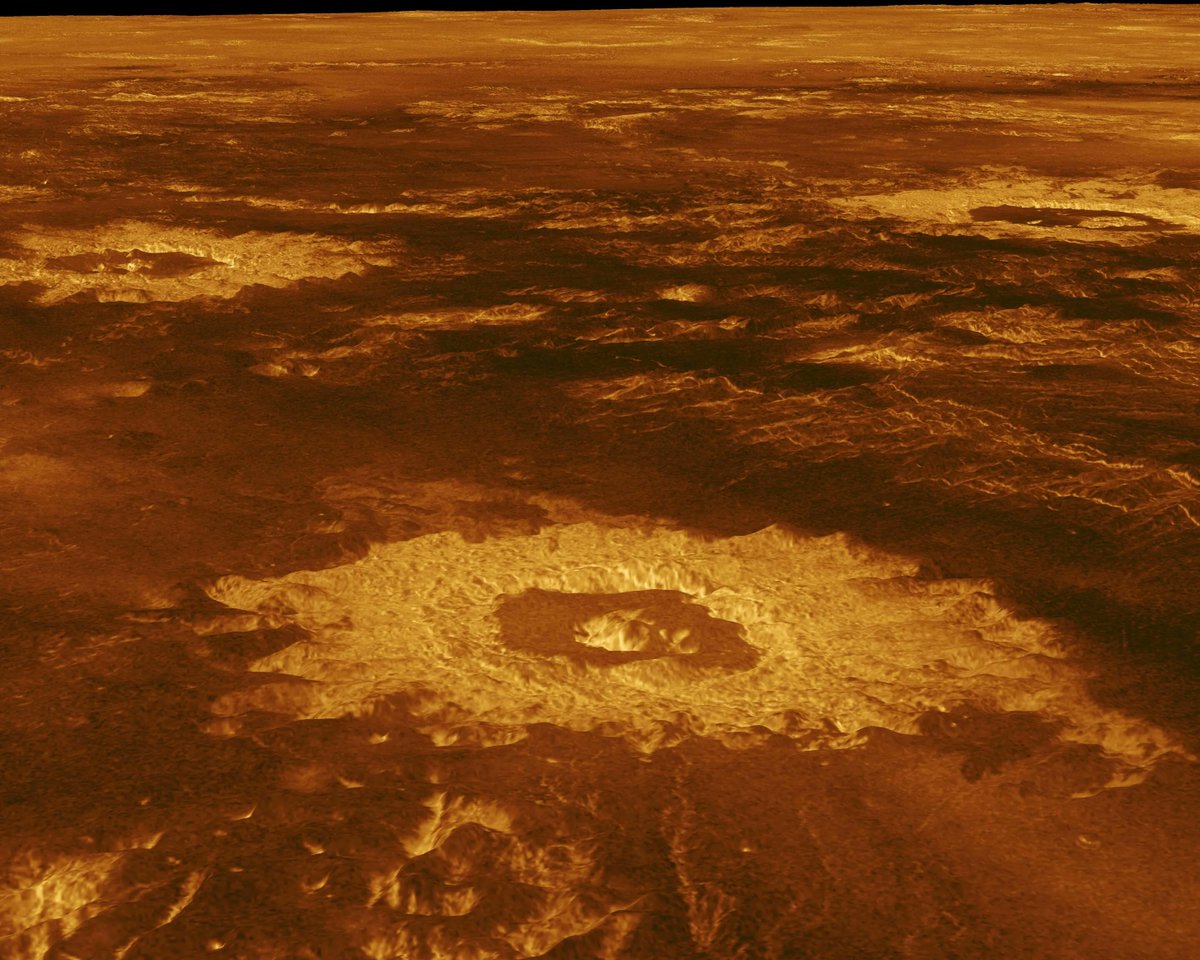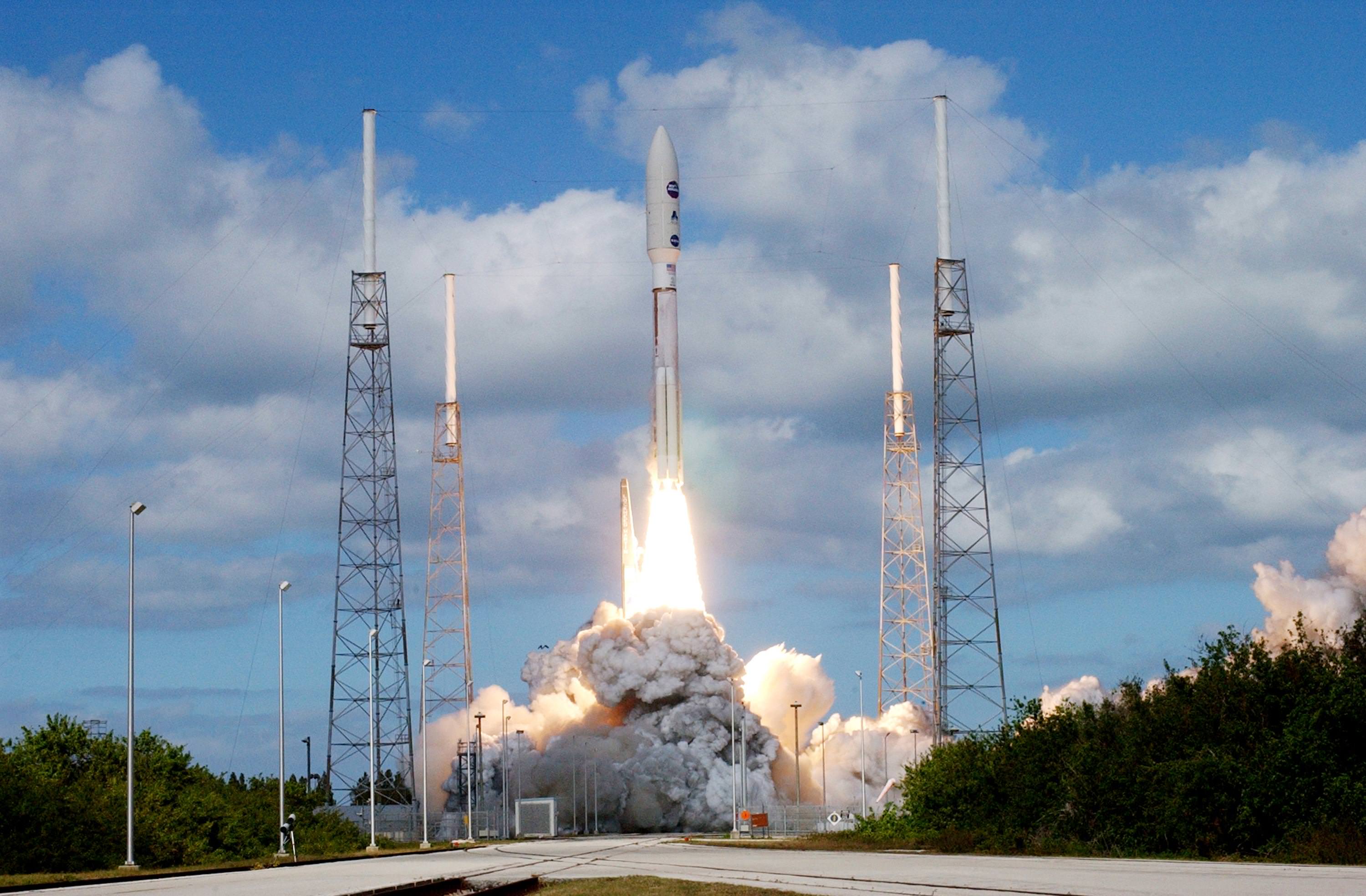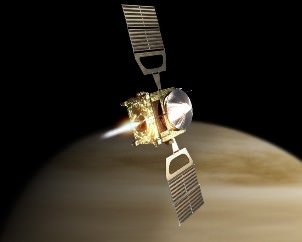Venus is a difficult place to explore. Only a few missions have ever made it to the surface, in no small part because of how difficult it is to traverse the planet’s atmosphere. That difficulty was confirmed recently by a team led researchers at the University of Lisbon, who found that the upper part of Venus’ atmosphere suffers from hurricane-force winds of up to 360 kilometers per hour.
Continue reading “Windspeeds on Venus Change Dramatically With Altitude”Observing the Night Side of Venus is Actually Pretty Tricky
Observing the dark side of planets is hard. In the visible spectrum, they are almost unobservable, while in the infrared some heat signatures may come through, but not enough to help see what is going on in a planet’s atmosphere. Now a team from the University of Tokyo think they’ve developed a way to monitor weather patterns on the night side of one of the most difficult planets of all – Venus.
Continue reading “Observing the Night Side of Venus is Actually Pretty Tricky”Giant Streak Structure Found in Venus’ Cloudtops
A team of researchers in Japan has discovered a gigantic streak structure in the cloud tops of Venus. The discovery is based on observations of Venus by the Japanese spacecraft Akatsuki. The findings were published in January 9th in the journal Nature Communications.
Venus is unlike any other planet in the Solar System. The entire planet is shrouded in thick clouds of sulfuric acid between altitudes of 45 km to 70 km. This thick shroud has prevented scientists from studying Earth’s so-called “sister planet” in detail. But Japanese researchers are making progress.
Continue reading “Giant Streak Structure Found in Venus’ Cloudtops”Weekly Space Hangout – Dec. 11, 2015: Carolyn Collins Petersen
Host: Fraser Cain (@fcain)
Special Guest: Carolyn Collins Petersen -TheSpacewriter; CEO of Loch Ness Productions; author.
Guests:
Morgan Rehnberg (cosmicchatter.org / @MorganRehnberg )
Kimberly Cartier (@AstroKimCartier )
Ramin Skibba (raminskibba.net / @raminskibba)
Dave Dickinson (@astroguyz / www.astroguyz.com)
Continue reading “Weekly Space Hangout – Dec. 11, 2015: Carolyn Collins Petersen”
Weekly Space Hangout – February 13, 2015 – Paul Gilster and his “Centauri Dreams”
Host: Fraser Cain (@fcain)
Special Guest: Paul Gilster (centauri-dreams.org / @centauri_dreams),author of “Centauri Dreams”
Guests:
Morgan Rehnberg (cosmicchatter.org / @MorganRehnberg )
Dave Dickinson (@astroguyz / www.astroguyz.com)
Brian Koberlein (@briankoberlein)
This Week’s Stories:
SpaceX news
A (very!) salty ocean for Enceladus?
Cassini begins a year of moon imaging
The February ‘Black Moon’
The Number of Reachable Asteroids has Doubled
Stars formed earlier than we thought
Dark matter seen in center of Milky Way
Neil Armstrong Had a Man Purse and It Was Full of Awesome Stuff From His Moon Trip
Lunar Surface Flown Apollo 11 Artifacts From the Neil Armstrong Estate on loan to the Smithsonian’s National Air and Space Museum, Washington D.C.
Pad 39B to Gain New Flame Deflector and Trench Upgrade
Japan’s Akatsuki Spacecraft to Make Second Attempt to Enter Orbit of Venus in December, 2015
Dark Matter Could Create Halos of Light Around Galaxies
NASA, Space Station Partners Announce Future Mission Crew Members
Has Galaxy X Been Found?
Total Solar Eclipse on March 20, 2015
Europe’s Experimental Mini-Space Shuttle Launch
NASA Titan Submarine Concept
Cassini Data Indicates Enceladus’ Ocean Similar to Soda Lakes on Earth
Russia Steps Up as UAE Launched New Space Agency
Surprise! Earth’s Core has a Core
SDO Turns 5!
Astronomers Capture Birth of Multiple Star System
DARPA to Begin Testing Satellite-Launching Fighter Jet This Year
Dark Matter Exists in the Inner Parts of Our Galaxy
Titan Flyby (T-109): Mapping Titan’s North Pole in Infrared
The Hunt for Gravitational Waves Could Be Nearing Success
Twinkle Twinkle Little Exoplanet [hunter]
Future Space Station Crew Dons Jedi Robes for Star Wars-Inspired Poster
We record the Weekly Space Hangout every Friday at 12:00 pm Pacific / 3:00 pm Eastern. You can watch us live on Google+, Universe Today, or the Universe Today YouTube page.
You can join in the discussion between episodes over at our Weekly Space Hangout Crew group in G+, and suggest your ideas for stories we can discuss each week!
Japan’s Akatsuki Spacecraft to Make Second Attempt to Enter Orbit of Venus in December 2015
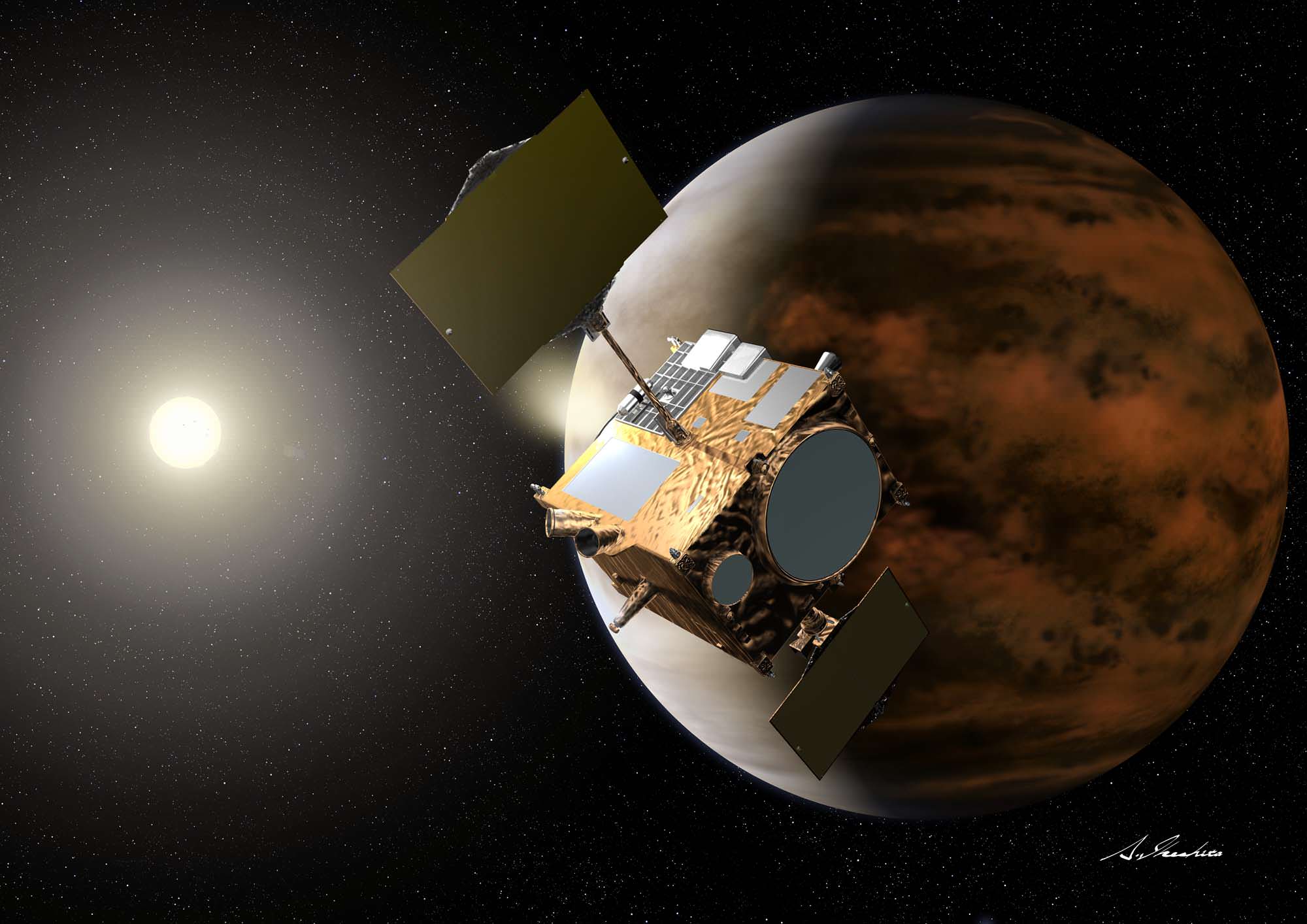
Back in 2010, the Japanese Aerospace Exploration Agency (JAXA) launched the The Venus Climate Orbiter “Akatsuki” with the intention of learning more about the planet’s weather and surface conditions. Unfortunately, due to engine trouble, the probe failed to make it into the planet’s orbit.
Since that time, it has remained in a heliocentric orbit, some 134 million kilometers from Venus, conducting scientific studies on the solar wind. However, JAXA is going to make one more attempt to slip the probe into Venus’ orbit before its fuel runs out.
Since 2010, JAXA has been working to keep Akatsuki functioning so that they could give the spacecraft another try at entering Venus’ orbit.
After a thorough examination of all the possibilities for the failure, JAXA determined that the probe’s main engine burned out as it attempted to decelerate on approach to the planet. They claim this was likely due to a malfunctioning valve in the spacecraft’s fuel pressure system caused by salt deposits jamming the valve between the helium pressurization tank and the fuel tank. This resulted in high temperatures that damaged the engine’s combustion chamber throat and nozzle.

JAXA adjusted the spacecraft’s orbit so that it would establish a heliocentric orbit, with the hopes that it would be able to swing by Venus again in the future. Initially, the plan was to make another orbit insertion attempt by the end 2016 when the spacecraft’s orbit would bring it back to Venus. But because the spacecraft’s speed has slowed more than expected, JAXA determined if they slowly decelerated Akatsuki even more, Venus would “catch up with it” even sooner. A quicker return to Venus would also be advantageous in terms of the lifespan of the spacecraft and its equipment.
But this second chance will likely be the final chance, depending on how much damage there is to the engines and other systems. The reasons for making this final attempt are quite obvious. In addition to providing vital information on Venus’ meteorological phenomena and surface conditions, the successful orbital insertion of Akatsuki would also be the first time that Japan deployed a satellite around a planet other than Earth.
If all goes well, Akatsuki will enter orbit around Venus at a distance of roughly 300,000 to 400,000 km from the surface, using the probe’s 12 smaller engines since the main engine remains non-functional. The original mission called for the probe to establish an elliptical orbit that would place it 300 to 80,000 km away from Venus’ surface.
This wide variation in distance was intended to provide the chance to study the planet’s meteorological phenomena and its surface in detail, while still being able to observe atmospheric particles escaping into space.
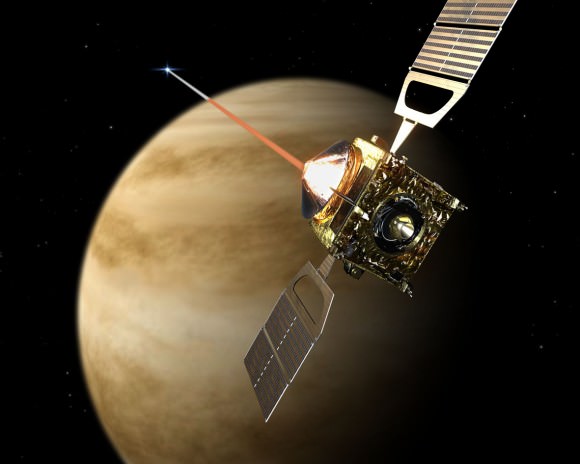
At a distance of 400,000 km, the image quality and opportunities to capture them are expected to be diminished. However, JAXA is still confident that it will be able to accomplish most of the mission’s scientific goals.
In its original form, these goals included obtaining meteorological information on Venus using four cameras that capture images in the ultraviolet and infrared wavelengths. These would be responsible for globally mapping clouds and peering beneath the veil of the planet’s thick atmosphere.
Lightning would be detected with a high-speed imager, and radio-science monitors would observe the vertical structure of the atmosphere. In so doing, JAXA hopes to confirm the existence of surface volcanoes and lighting, both of which were first detected by the ESA’s Venus Express spacecraft. One of the original aims of Akatsuki was to complement the Venus Express mission. But Venus Express has now completed its mission, running out of gas and plunging into the planet’s atmosphere.
But most of all, it is hoped that Akatsuki can provide observational data on the greatest mystery of Venus, which has to do with its surface storms.

Previous observations of the planet have shown that winds that can reach up to 100 m/s (360 km/h or ~225 mph) circle the planet every four to five Earth days. This means that Venus experiences winds that are up to 60 times faster than the speed at which the planet turns, a phenomena known as “Super-rotation”.
Here on Earth, the fastest winds are only capable of reaching between 10 and 20 percent of the planet’s rotation. As such, our current meteorological understanding does not account for these super-high speed winds, and it is hoped that more information on the atmosphere will provide some clues as to how this can happen.
Between the extremely thick clouds, sulfuric rain storms, lightning, and high-speed winds, Venus’ atmosphere is certainly very interesting! Add to the fact that the volcanic, pockmarked surface cannot be surveyed without the help of sophisticated radar or IR imaging, and you begin to understand why JAXA is eager to get their probe into orbit while they still can.
And be sure to check out this video, courtesy of JAXA, detailing the Venus Climate Orbiter mission:
Further Reading: JAXA
10 Space Science Stories to Watch in 2015
A new Avengers movie. A reboot of the Star Wars franchise. The final installment of the Hunger Games. The Martian makes it to the big screen. Yup, even if the zombie apocalypse occurs in 2015, it’ll still be a great year. But trading science fiction for fact, we’re also on track for a spectacular year in space science and exploration as well.
Humanity will get its first good look at Ceres and Pluto, giving us science writers some new pics to use instead of the same half dozen blurry dots and artist’s conceptions. SpaceX will also attempt a daring landing on a sea platform, and long duration missions aboard the International Space Station will get underway. And key technology headed to space and on Earth may lead the way to opening up the window of gravitational wave astronomy on the universe. Here’s 10 sure-fire bets to watch for in the coming year from Universe Today:
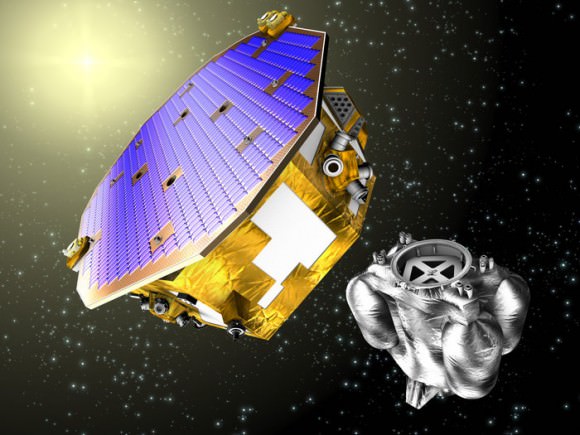
10. LISA Pathfinder
A precursor to a full-fledged gravitational wave detector in space, LISA Pathfinder will be launching atop a Vega rocket from Kourou, French Guiana in July 2015. LISA stands for the Laser Interferometer Space Antenna, and the Pathfinder mission will journey to the L1 Lagrange point between the Earth and the Sun to test key technologies. LISA Pathfinder will pave the way for the full fledged LISA space platform, a series of three free flying spacecraft proposed for launch in the 2030s.
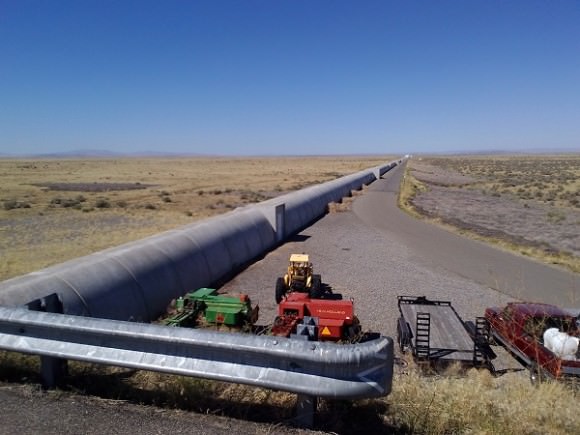
9. AdLIGO Goes Online
And speaking of gravitational waves, we may finally get the first direct detection of the same in 2015, when Advanced LIGO is set to go online. Comprised of two L-shaped detectors, one based in Livingston Louisiana, and another in Hanford Washington, AdLIGO will feature ten times the sensitivity of the original LIGO observatory. In fact, as was the case of the hunt for the Higgs-Boson by CERN, a non-detection of gravitational waves by AdLIGO would be a much stranger result!
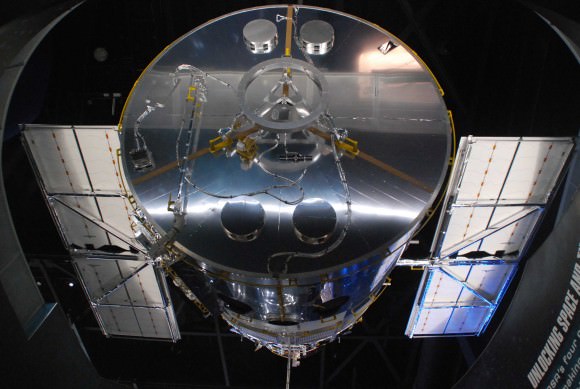
8. Hubble Turns 25
Launched on April 24th, 1990 aboard the Space Shuttle Discovery, the Hubble Space Telescope celebrates 25 years in space in 2015. The final servicing mission in 2009 gave Hubble a reprieve from the space junk scrap heap, and the orbiting telescope is still going strong. Hubble has no less than pushed the limits in modern astronomy to become a modern icon of the space age.
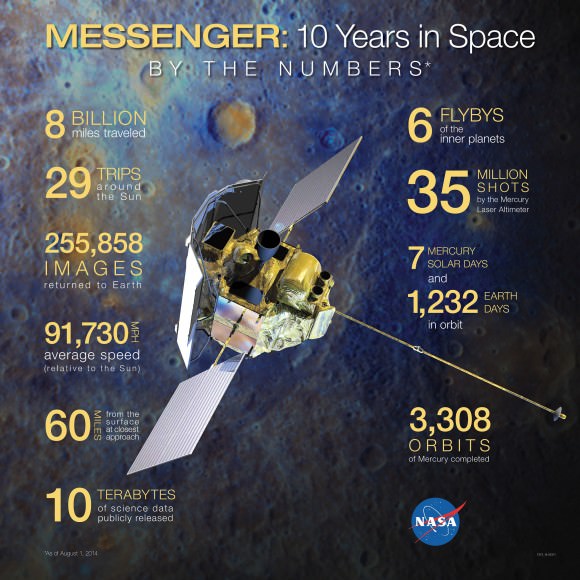
7. The End of MESSENGER
NASA’s Mercury exploring spacecraft wraps up its mission next year. Launched in 2004, MESSENGER arrived in orbit around Mercury after a series of flybys on March 18th, 2011. MESSENGER has mapped the innermost world in detail, and studied the space environment and geology of Mercury. In late March 2015, MESSENGER will achieve one final first, when it impacts the surface of Mercury at the end of its extended mission.
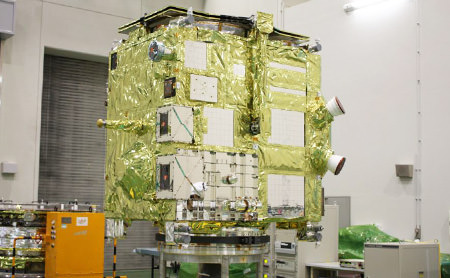
6. Akatsuki at Venus
This Japanese spacecraft missed orbital insertion a few years back, but gets a second chance at life in 2015. Launched in 2010 atop an H-IIA rocket from the Tanegashima Space Center in Japan, Akatsuki failed to enter orbit around Venus at the end of 2010, and instead headed out for a heliocentric path around the Sun. Some quick thinking by JAXA engineers led to a plan to attempt to place Akatsuki in Venusian orbit in November 2015. This would be a first for the Japanese space agency, as attempts by JAXA at placing a spacecraft in orbit around another planet – including the Mars Nozomi probe – have thus far failed.
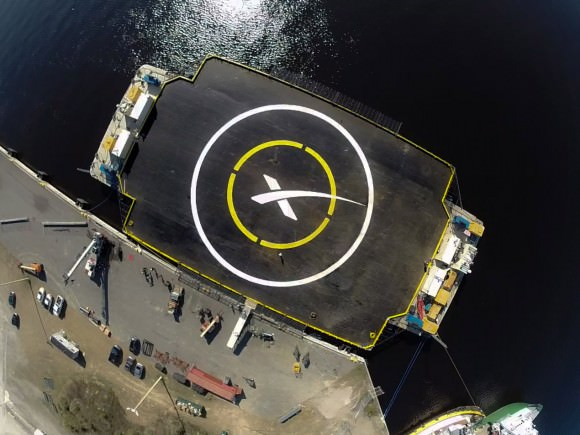
5. SpaceX to Attempt to Land on a Sea Platform
It’ll definitely rock if they pull it off next week: on January 6th, a SpaceX Falcon 9 rocket will lift off from Cape Canaveral with its Dragon spacecraft headed to the International Space Station on mission CRS-5. Sure, these resupply missions are becoming routine, but after liftoff, SpaceX is attempting something new and daring: landing the Falcon-9 first stage Buck Rodgers style, “fins first” on a floating barge. This is the next step in ultimately proving the feasibility of having the rocket fly back to the launch site for eventual reuse. If nothing else, expect some stunning video of the attempt soon!
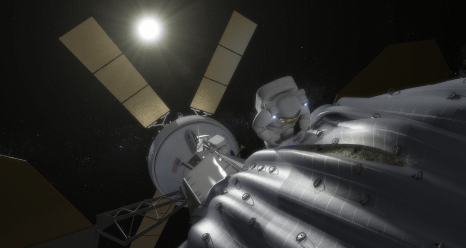
4. NASA to Decide on an Asteroid Mission
Some major decisions as to the fate and the future of manned space exploration are due next year, as NASA is expected to decide on the course of action for its Asteroid Redirect Mission. The current timeline calls for the test of the SLS rocket in 2018, and the launch of a spacecraft to recover an asteroid and place it in orbit around the Moon in 2019. If all goes according to plan – a plan which could always shift with the political winds and future changes in administrations – we could see astronauts exploring a captured asteroid by the early 2020s.
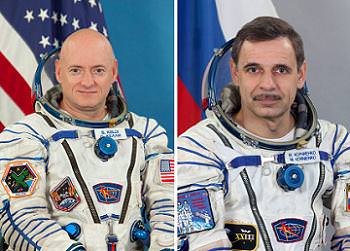
3. Long Duration ISS Missions
Beginning in 2015, astronauts and cosmonauts will begin year-long stays aboard the ISS to study the effects of long duration space missions. In March of 2015, cosmonaut Mikhail Korniyenko and U.S. astronaut Scott Kelly will launch as part of Expedition 43 headed to the ISS. The Russians have conducted stays in space longer than a year aboard the Mir space station, but Kelly’s stay aboard the ISS will set a duration record for NASA astronauts. Perhaps, a simulated “Mars mission” aboard the ISS could be possible in the coming years?
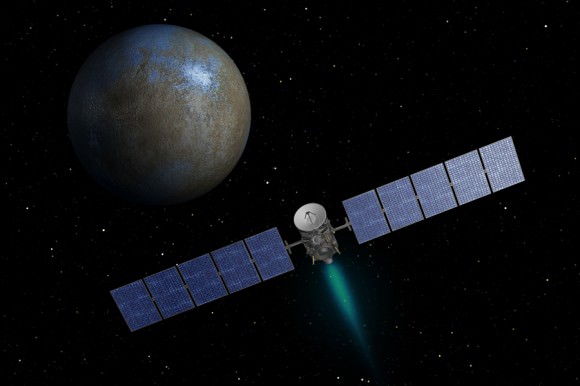
2. Dawn at Ceres
Fresh off of exploring Vesta, NASA’s Dawn spacecraft will become the first mission to enter orbit around a second object, the asteroid 1 Ceres next year in April 2015. The largest asteroid and the first object of its kind discovered on the first day of the 19th century, Ceres looks to be a fascinating world in its own right. Does it possess water ice? Active geology? Moons of its own? If Dawn’s performance at Vesta was any indication, we’re in for another exhilarating round of space exploration!
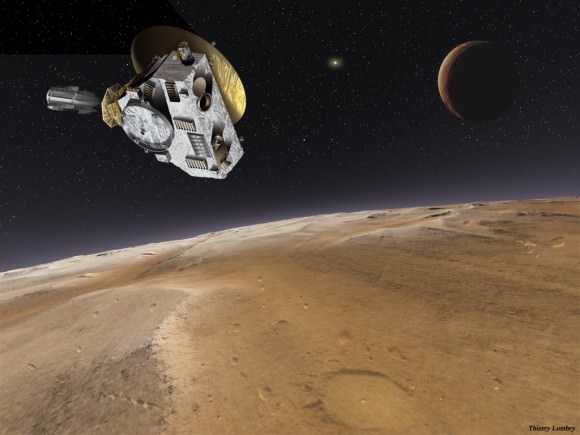
1. New Horizons at Pluto
An easy No. 1,we finally get our first good look at Pluto in July, as NASA’s New Horizons spacecraft flies less than 14,000 kilometres from the surface of the distant world. Launched in 2006, New Horizons will “thread the needle” between Pluto and Charon in a flurry of activity as it passes by. New Horizons will then turn back as it passes into the shadows of Pluto and Charon and actually view the two worlds as they occult the distant Sun. And from there, New Horizons will head out to explore Kuiper Belt Objects of opportunity.
And these are just the top stories that are slated to be big news in space in 2015. Remember, another Chelyabinsk meteor or the next big comet could drop by at any time… space news can be unpredictable, and its doubtless that 2015 will have lots more surprises in store.
Japanese Astronomy Pushes on After Hard Year
[/caption]
From faulty spacecraft to two damaged facilities, the past year has been a tough year for Japan’s astronomical programs. Yes despite the setbacks, Japan has already begun working to fix every problem they’ve faced in this difficult year.
The troubles started late last year as Japan’s Venus exploring spacecraft, Akatsuki failed to properly enter orbit around Venus. Ultimately, the failure was blamed on a faulty valve that didn’t allow the thruster to fire for the full length of the burn necessary to transfer into the correct orbit. Instead, the craft is now in a wide orbit around the Sun. The organization in charge of the probe, the Japan Aerospace Exploration Agency (JAXA) announced earlier this month that they will “attempt to reignite the damaged thruster nozzle” and, if the test goes well, can try again for an orbital insertion in November 2015.
The next setback came with the devastating March 11th earthquake which the facilities being used to study the samples returned from the sample and return mission Hayabusa were damaged. While the particles were safe, the sensitive accelerators that are used to study them suffered some damage. Restoration work is already underway and the teams in charge expect some operations to resume as early as this fall. Other instruments may take until early next year to resume operation. Despite the damage, the preliminary data (done before the Earthquake) has confirmed the particles are from the visited asteroid. They contain minerals such as olivine and iron sulfide contained in a rocky-type asteroid. No organic materials have been detected.
More recently, Japan’s flagship observatory, Subaru atop Mauna Kea, Hawaii, was damaged when coolant leaked onto several instruments as well as the primary mirror, halting operations early last month. According to the National Astronomical Observatory of Japan (NAOJ) which maintains the telescope, the mirror was washed with water which was successful in restoring its functionality. The primary camera, the Subaru Prime Focus Camera (Suprime-Cam) and its auxiliary equipment were also affected and are currently being inspected. However, the telescope has a second focus, known as a Nasmyth focus. Several instruments which make use of this focus, including the High Dispersion Spectograph, the 188-element Adaptive Optics system, the Infrared Camera and Spectrograph, and the High Contrast Instrument for the Subaru Next Generation Adaptive Optics, were all unaffected. With the cleaning of the mirror and the use of these instruments, the telescope was able to resume operations on the night of July 22.
With any luck, fortunes will continue to improve for Japan and their hard work and dedication can help them to overcome these issues. Ganbatte!
JAXA Considering Second Try at Akatsuki-Venus Rendezvous One Year Earlier than Planned

The Japan Aerospace Exploration Agency (JAXA) is now considering making a second attempt to insert the Akatsuki probe into Venus’ orbit one year earlier than originally planned, in five years instead of six. After a malfunctioning valve in the spacecraft’s fuel pressure system caused the engine to function abnormally, Akatsuki failed to enter Venus’ orbit on Dec. 7, 2010 as planned. JAXA had said the spacecraft’s orbit around the Sun would put it in position for another orbit insertion attempt in about six years. But because the spacecraft’s speed has slowed more than expected, the agency now says it may be possible to slowly decelerate Akatsuki even more and let Venus “catch up with it,” according to a report in the Mainichi Daily News. Therefore, an attempt to enter orbit may be made sometime in 2015. A quicker return to Venus is also advantageous in terms of the lifespan of the probe and its equipment.
“At the speed the probe was moving under our first retry plan, it would probably have been impossible to make the orbital insertion,” said a JAXA official, quoted in the Japanese online news site. “We hope to explore every possibility, and make an exploration of Venus a reality.”
After the original mission failure, JAXA had calculated that Akatsuki would make 11 trips around the Sun for every 10 Venus made, putting the next closest encounter between the spacecraft and planet sometime in December 2016 or January 2017. But subsequent examination of data showed Ataksuki’s engine power had dropped by almost 60 percent, slowing the spacecraft and making it possible to make a second attempt at entering orbit a year earlier. The bad news is that the slowdown is possibly caused by a malfunction in the fuel supply system or damage to the engine nozzle. If that is the case, the prospects for restoring full function are very low.
Additionally, if the engine nozzle has been weakened, it will be difficult to decelerate the Akatsuki enough for orbital insertion when it again closes with Venus. But after consultations with engineers, JAXA is now considering trying to decelerate the craft a little bit at a time, allowing it to make eight orbits around the sun before Venus catches up with it in five years.
Source: The Daily Mainichi News
Faulty Valve Caused Akatsuki Failure at Venus
[/caption]
The Japanese space agency has deduced that a faulty engine valve was the reason the Akatsuki spacecraft did not go into orbit around Venus as planned on December 6, 2010. According to the Daily Yomiuri, a malfunctioning valve in the probe’s fuel pressure system caused the engine to function abnormally. The valve is a standard component in many previous space missions, JAXA said, and it was not modified at all for Akatsuki.
Earlier, JAXA reported that Akatsuki’s engine did perform a burn to slow it down, but 152 seconds into the burn the fuel pressure dropped and the probe became unbalanced. Because the retrofiring of the rockets failed to slow down the probe enough for Venus to capture it, it was unable to enter into orbit around the planet, and then went into safe mode.
The JAXA investigation identified five possible causes of the mishap and all stemmed from the valve’s failure to open. JAXA also said they intend “to further investigate why the valve did not open, and how much damage was caused to Akatsuki’s thruster nozzle, by conducting tests that also will indicate whether the probe will be able to go into orbit around Venus when it comes near the planet six years from now.”
After Akatsuki’s launch in May, the functions of its main engine were tested in June. However, the engine was fired for too short a time to detect the problem with the valve, JAXA said.
The findings were presented to the Education, Culture, Sports, Science and Technology Ministry’s Space Activities Commission.
Source: Daily Yomiuri

